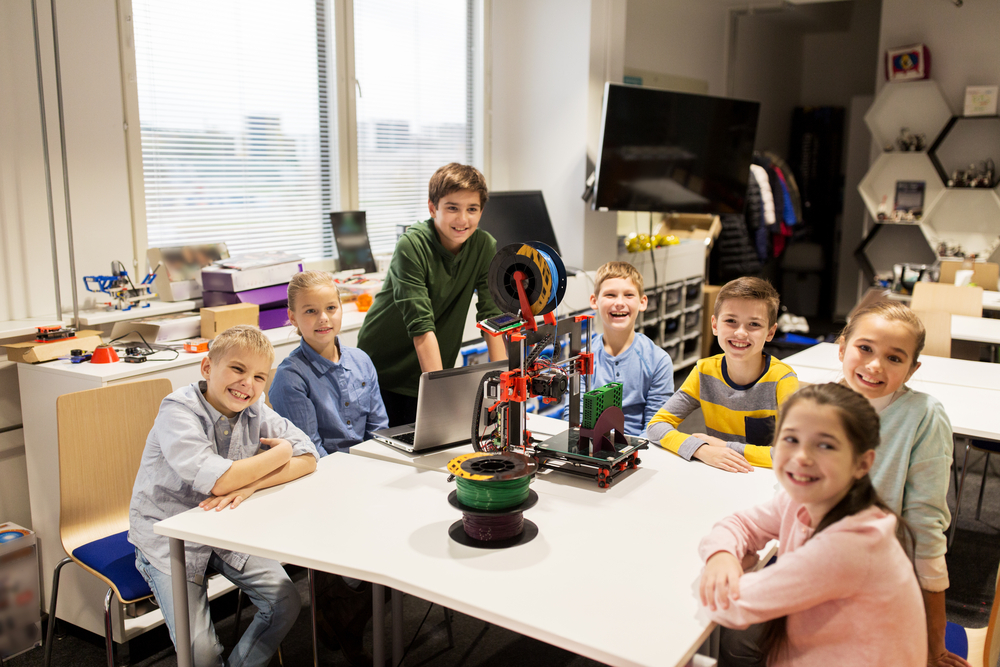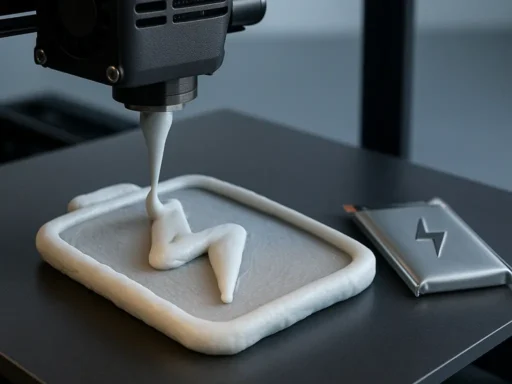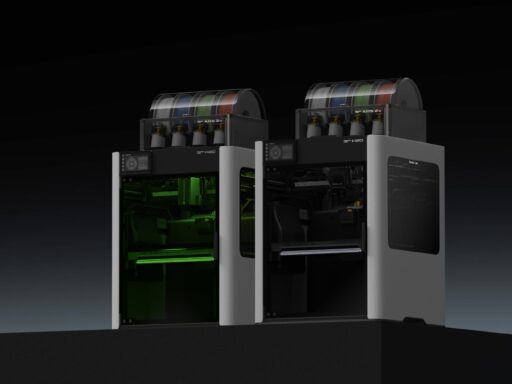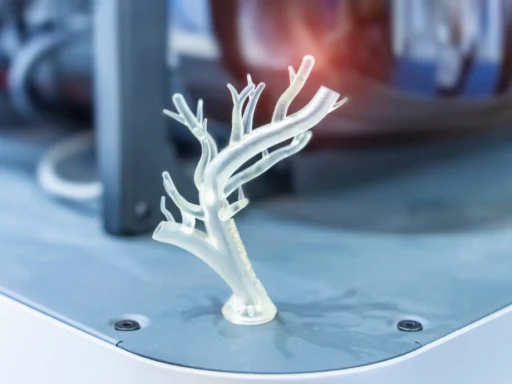3D printing is revolutionizing the world of technology and innovation, and its potential in education is no exception. As schools strive to prepare students for the future, integrating cutting-edge tools like 3D printers becomes increasingly important. In this article, we will explore the benefits of using 3D printers in schools, how they can be effectively implemented, and what to consider when selecting the right 3D printer for your educational institution.
From fostering creativity and critical thinking skills to enhancing STEAM (Science, Technology, Engineering, Arts, and Mathematics) education, 3D printers offer a plethora of opportunities for learning and growth. They not only help students grasp complex concepts more easily but also allow them to bring their ideas to life in a tangible form. As a result, schools around the globe are embracing 3D printing as a powerful educational tool that encourages curiosity and equips students with the skills needed to thrive in a rapidly evolving world.
Benefits of 3D Printers in Schools
Integrating 3D printers into the school curriculum offers numerous advantages:
Enhancing STEAM Education: 3D printing technology allows students to dive deeper into the realms of science, technology, engineering, arts, and mathematics. It promotes interdisciplinary learning by enabling students to design and create physical objects based on their theoretical knowledge.
Promoting Creativity and Critical Thinking: By working with 3D printers, students can visualize abstract concepts and develop their creative skills. They learn to think critically, analyze problems, and come up with innovative solutions.
Encouraging Hands-on Learning: 3D printing technology fosters active learning as students can experiment with their designs and learn from their mistakes. This practical approach to education empowers them to gain a better understanding of complex subjects.
Improving Problem-solving Skills: Working with 3D printers teaches students to identify issues in their designs and troubleshoot problems. These valuable problem-solving skills are crucial for success in various fields and industries.
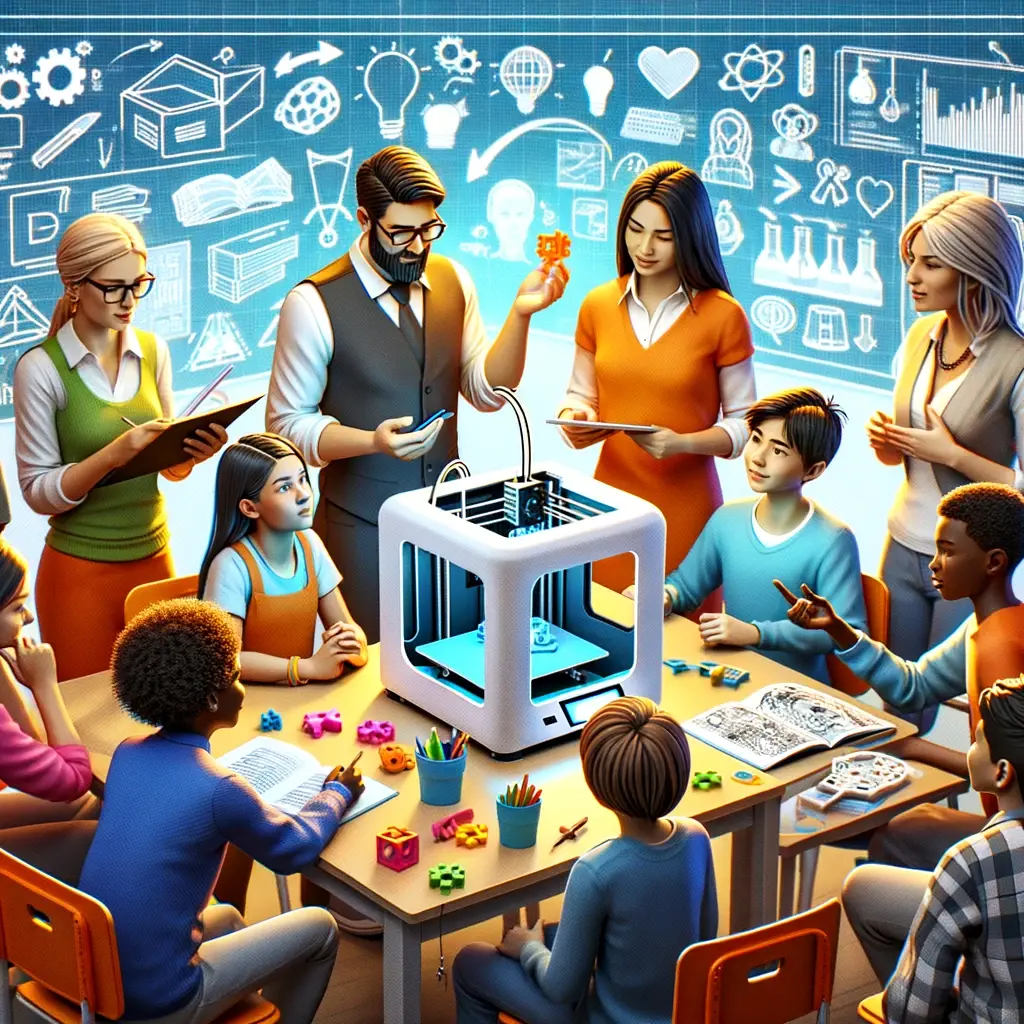
Top 5 3D Printers Used in School Curriculum or Case Studies
When choosing a 3D printer for educational purposes, it’s essential to consider factors like ease of use, reliability, safety, and affordability. Here are the top five 3D printers commonly used in schools, along with real-life case studies and examples of their implementation!
Ultimaker 2+ Connect
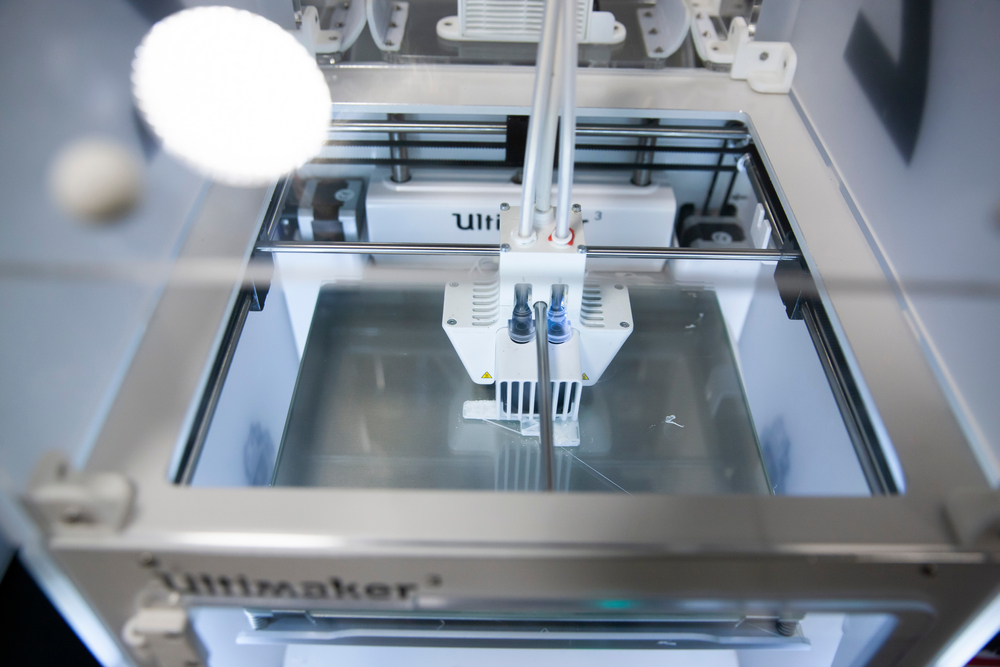
The Ultimaker 2+ Connect is a popular choice for schools due to its user-friendly interface and reliable performance. With its networking capabilities, educators can easily manage multiple printers and streamline the printing process. The Ultimaker 2+ Connect also boasts a large build volume, which allows students to create more complex projects. The machine’s reliability and ease of use make it an excellent choice for educational institutions like the Fontys University of Applied Sciences in the Netherlands, where students use the Ultimaker printers to create prototypes and models for their engineering courses.
At Fairfield University, utilizing the Ultimaker 2+ Connect, faculty and students created custom-designed lab equipment and prototypes for engineering projects.
Dremel Digilab 3D45
The Dremel Digilab 3D45 is known for its safety features and ease of use, making it ideal for a school setting. The fully enclosed design helps to minimize noise, and ensures that students cannot accidentally come into contact with hot components. Additionally, the 3D45 is compatible with a wide range of materials, allowing students to experiment with various types of filament. At the STEM-focused St. Petersburg College in Florida, the Dremel Digilab 3D45 has been used to support students in a variety of disciplines, from engineering to art.
Another example is the CREATE Education Project: The Dremel Digilab 3D45 was integrated into various subjects such as art, history, and engineering, encouraging cross-disciplinary learning.
FlashForge Finder
The FlashForge Finder is an excellent cheap 3D printer for schools on a budget, as it offers a high-quality printing experience at a lower price point. It’s quiet operation, user-friendly touch screen interface, and slide-in build plate make it an appealing option for educators. The FlashForge Finder has been successfully implemented in schools such as the Shanghai Jiaotong University, where students have used the printer to create models for their physics and chemistry lessons.
Meanwhile at California Middle School, students used the FlashForge Finder to design and print various objects, including functional prototypes and artistic creations, all as part of their STEAM curriculum.
MakerBot Replicator+
The MakerBot Replicator+ is another well-regarded 3D printer for educational use. With its large build volume, it enables students to print sizable and intricate projects. The Replicator+ also features cloud-based software that simplifies the printing process and enables easy collaboration among students. The Replicator+ is often used in educational case studies, such as the one conducted at the Windward School in Los Angeles, where students used it to develop prototypes for real-world applications, including medical devices and environmental solutions. At the STEM Academy in Texas, the MakerBot Replicator+has been used to create prototypes for engineering projects and to help students visualize complex mathematical concepts.
Have a look at how Leslie Perry at Whitby School in Greenwich, CT, uses MakerBot® Replicator® Desktop 3D Printers in the school’s Design Technology classroom to spark an interest in 3D printing and design and teach problem solving.
LulzBot Mini 2
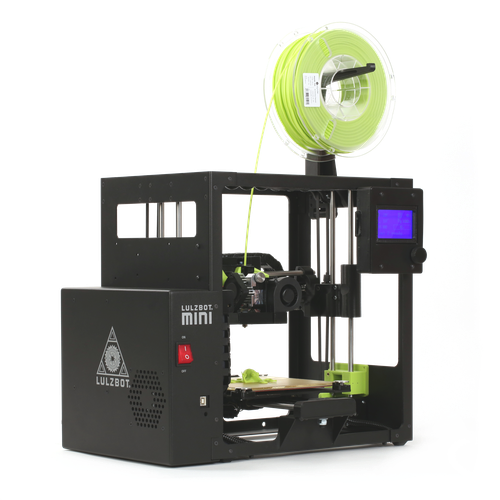
The LulzBot Mini 2 is a versatile, open-source 3D printer that is highly regarded for its reliability, print quality, and ease of use. Its modular design allows for easy customization and upgrades, while its auto bed leveling and self-cleaning nozzle ensure consistent prints. At the University of Colorado Boulder, the LulzBot Mini 2 has been utilized in the Integrated Teaching and Learning Laboratory, where students from various engineering disciplines collaborate on multidisciplinary projects. The LulzBot Mini 2 has been used in a variety of educational settings, including the National Center of Biotechnology, where students designed and printed custom assistive devices for people with disabilities, demonstrating the potential for 3D printing to make a positive impact on society.
At Whitby School, Connecticut, students used 3D printing technology to create components for small-scale wind turbines, learning about renewable energy and environmental solutions.
Implementing 3D Printers in the Classroom
Effectively implementing 3D printers in the classroom involves a comprehensive approach, ensuring that this technology is seamlessly integrated into the educational environment. This includes choosing the right 3D printer, training teachers and staff, developing a curriculum, and creating a safe and efficient 3D printing environment.
Selecting the right 3D printer for your school is critical, as it shapes the overall experience for both students and teachers. Factors such as ease of use, reliability, safety, and budget should be considered when choosing a 3D printer. Researching top models and seeking feedback from other educators can assist you in making an informed decision. For example, schools like the Cowley International College in the United Kingdom have successfully implemented Ultimaker 3D printers, streamlining their engineering and design programs.
Training teachers and staff is an essential step in the implementation process. Educators need to be proficient in operating 3D printers and associated software to effectively integrate this technology into their curriculum. Workshops, conferences, and online tutorials can be invaluable resources for professional development. In 2016, GE Additive initiated the Additive Education Program (AEP), which provides 3D printers, materials, and training to schools worldwide, helping educators gain the skills needed to use 3D printing effectively.
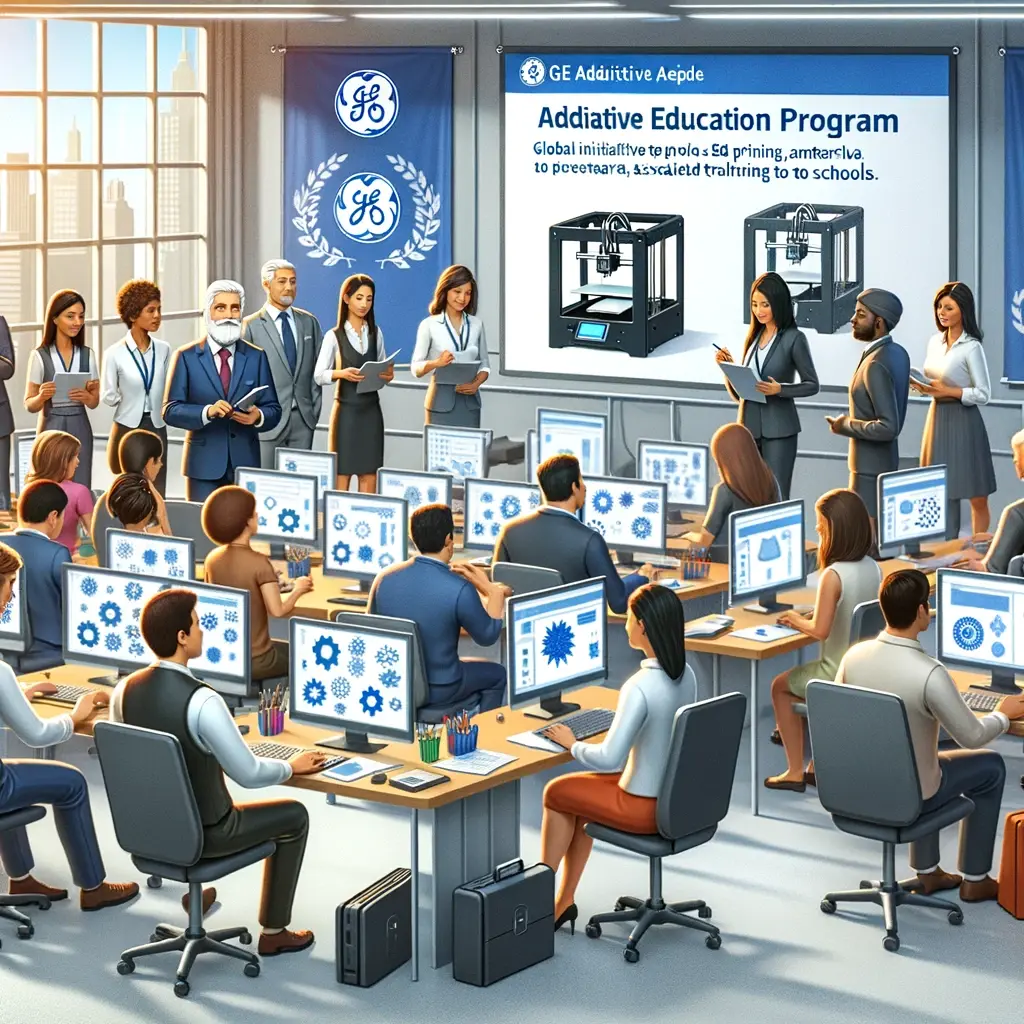
Developing a curriculum that incorporates 3D printing is key to unlocking its full potential in the classroom. Teachers can collaborate on interdisciplinary projects that utilize 3D printing in various subjects, such as engineering, history, and art. For instance, the CREATE Education Project uses Dremel 3D printers to integrate 3D printing into subjects like art, history, and engineering, encouraging cross-disciplinary learning.
Creating a safe and efficient 3D printing environment is essential for a positive learning experience. Establish a designated 3D printing area in the classroom or a shared makerspace, adhering to safety guidelines and manufacturer recommendations. Consider factors such as storage, filament management, and print queue organization to maintain an orderly workspace. Schools like the Windward School in Los Angeles, for example, have created dedicated makerspaces, fostering a safe and collaborative environment for students to engage with 3D printing technology.
Incorporating real-world examples and case studies into the curriculum can inspire students and demonstrate the practical applications of 3D printing. For example, National Center of Biotechnology used LulzBot Mini 2 3D printers to design and print custom assistive devices for people with disabilities, showcasing the potential for 3D printing to make a positive impact on society.
What’s next?
By addressing these key aspects of implementing 3D printers in the classroom, schools can provide students with a hands-on learning experience that equips them with the skills necessary to thrive in an ever-evolving world. As more educators embrace this technology, the possibilities for creative and innovative learning opportunities will continue to expand, setting the stage for a brighter, more connected future.
